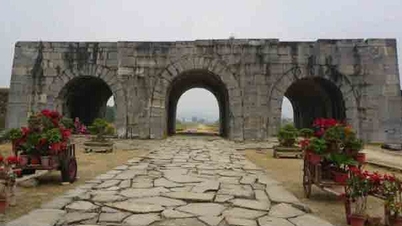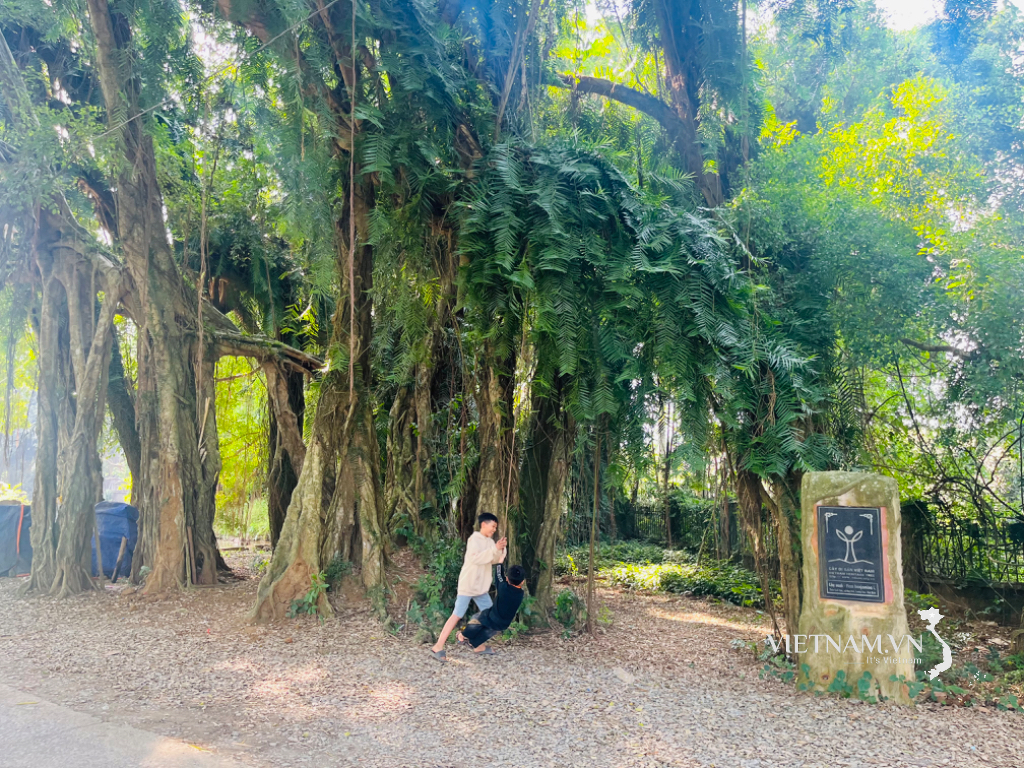
The seminar "Bringing Large Capital Sources for Green Credit" was organized by Investment Newspaper.
In fact, the transformation process has seen strong participation from many banks, yielding positive initial results. However, beyond the role of banks, the close involvement and cooperation of international financial institutions with a commitment to supporting development are crucial.Significant financial resources are needed for the green credit transition process :
At the workshop "Bringing Large Capital Sources for Green Credit," leaders of regulatory agencies and domestic and international experts highlighted the need for green credit capital, the ability to disburse funds into specific business projects, as well as issues to consider in expanding green credit in particular and green finance in general.

Le Trong Minh, Editor-in-Chief of Investment Newspaper, delivered the opening remarks at the workshop.
According to Mr. Nguyen Ba Hung, Chief Economist of the Asian Development Bank (ADB) in Vietnam: “ The demand for green credit in Vietnam is very clear, but it must also be added that this demand depends on the attractiveness of green credit. As a developing country with rapid urbanization, increasing energy demand, and facing significant pressures from natural disasters, environmental pollution (air, water), and climate change, Vietnam needs a large amount of capital invested in green sectors such as renewable energy, energy conversion, and waste treatment… Recent estimates by the IFC suggest that investment in climate change-related activities in Vietnam could reach US$757 billion by 2030. In this regard, green credit from international organizations plays a crucial role in driving market development.”
Ms. Pham Thi Thanh Tung, Deputy Director of the Department of Credit and Technology Development, State Bank of Vietnam
During the workshop discussion, Ms. Pham Thi Thanh Tung , Deputy Director of the Industrial and Technological Credit Department, State Bank of Vietnam, stated: “ In the period 2017-2022, the outstanding credit balance of the system for green sectors grew at an average rate of over 23% per year. By September 30, 2023, the outstanding green credit balance reached over 564 trillion VND, accounting for approximately 4.4% of the total outstanding loans in the entire economy. Among the 12 green sectors that the State Bank of Vietnam has guided credit institutions to lend to, the outstanding balance is mainly concentrated in renewable energy and clean energy (accounting for nearly 45%) and green agriculture (over 30%). Credit institutions have strengthened environmental and social risk assessment in their lending activities, with the outstanding balance assessed for environmental and social risks reaching nearly 2.67 trillion VND, accounting for over 21% of the total outstanding loans in the economy.” “Besides the achievements, for green credit to develop, it is necessary to further improve the legal framework to: firstly, provide guidance on the Green List and criteria for identifying green projects suitable to Vietnam's economic sectors, serving as a basis for credit institutions to appraise, evaluate, and monitor when granting green credit; secondly, develop a roadmap for implementing policies and mechanisms to support green sectors (taxes, fees, capital, technology, market, planning, development strategies, etc.) in a synchronized manner to attract and effectively utilize green credit capital; and thirdly, research and develop mechanisms and policies to support the development of the green capital market and green bond market, creating a channel for investors to mobilize additional resources to implement green projects.”
Ms. Phung Thi Binh, Deputy General Director of Agribank, delivered a presentation at the conference.
Sharing her thoughts on the capital needs and capacity of businesses, Ms. Phung Thi Binh, Deputy General Director of the Vietnam Agricultural and Rural Development Bank ( Agribank ), said: “Thanks to Agribank's funding, many large-scale agricultural production models applying high technology have been and are being formed throughout the country, such as flower cultivation (Lam Dong), large-scale model fields (Can Tho), catfish farming (An Giang), pig farming (Ha Nam), sugarcane farming (Khanh Hoa), corn farming (Son La)..., creating high consensus between businesses and people. To date, Agribank's lending volume for clean agriculture and high-tech agriculture has reached over 30,000 billion VND, accounting for 50% of the total investment capital for this sector, with outstanding loans reaching 2,000 billion VND with more than 300 customers (of which, more than 98% of customers are individuals, farm owners, cooperatives...). “Agribank is coordinating with the Ministry of Agriculture and Rural Development to implement Decision No. 1490/QD-TTg of the Prime Minister, signed on November 27, 2023, to achieve the goal of establishing 1 million hectares of high-quality, low-emission rice cultivation areas by 2030 , linked with reorganizing the production system along the value chain, applying sustainable farming processes to increase the value and sustainable development of the rice industry, improve production and business efficiency, income and living standards of rice farmers, protect the environment, adapt to climate change and reduce greenhouse gas emissions, contributing to fulfilling Vietnam's international commitments.” Also at the workshop, experts and business leaders shared practical experiences in developing loan plans for sustainable development projects, the ability to mobilize international and domestic capital for these projects, risks to avoid, and many international experiences relevant to Vietnam that can be referenced.PV

















































































![[Photo] Closing Ceremony of the 15th Conference of the Central Committee of the 13th Party Congress](https://vphoto.vietnam.vn/thumb/402x226/vietnam/resource/IMAGE/2025/12/23/1766462841764_a1-bnd-3731-1647-jpg.webp)






























Comment (0)